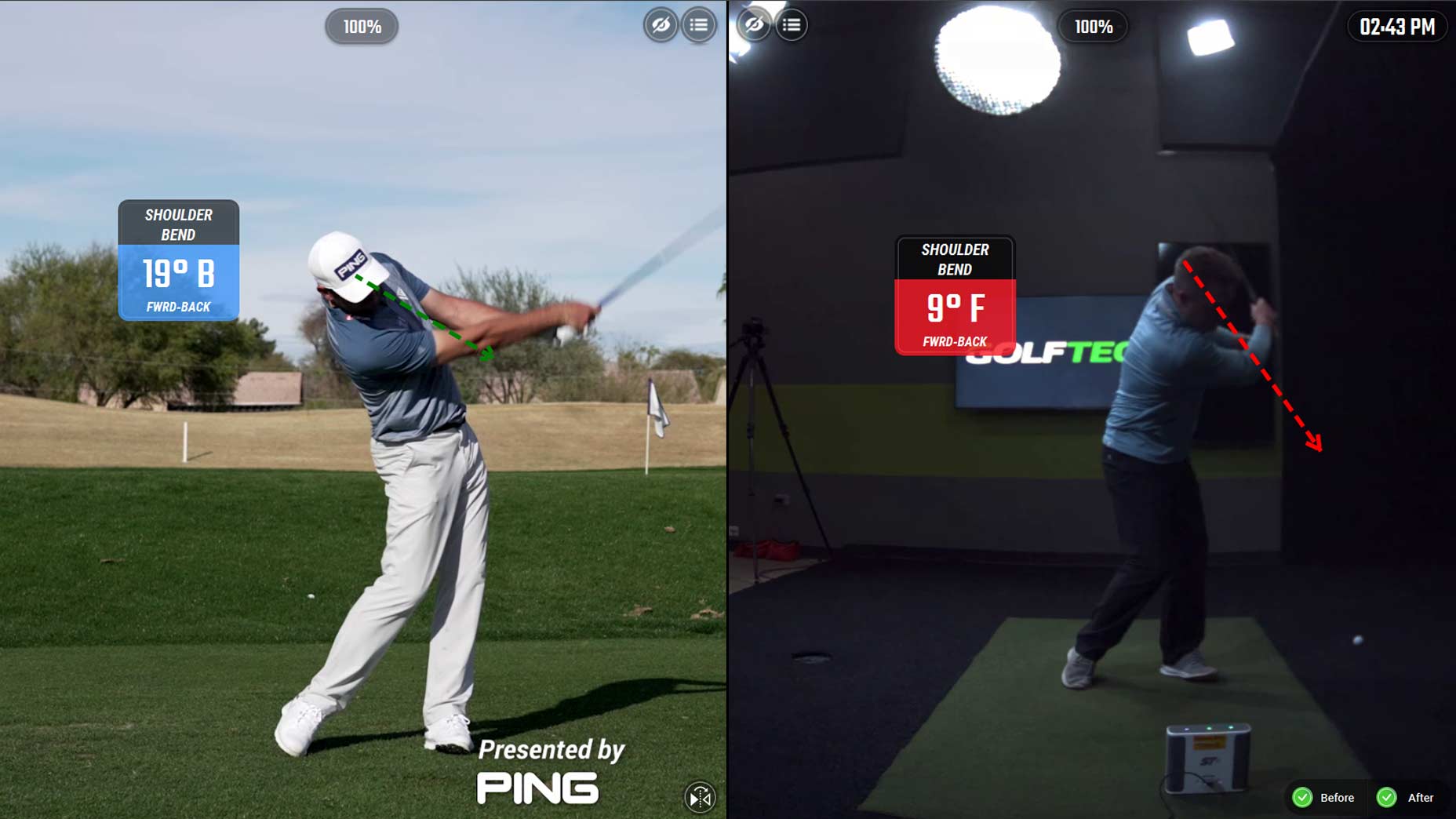Winter golf might not be everyone’s cup of tea, but for those that do choose to bundle up and brave the elements, it’s important to know how to play in the cold. Golf in the winter is a completely different brand of golf than when it takes place in more mild weather, and there are several considerations that have to be made to counteract the cold.
Being properly dressed might seem obvious, but there is a small sweet spot between staying warm enough to be comfortable and losing mobility in your swing. And while dressing properly is important, even more crucial is understanding how the cold affects your game — specifically your yardages.
If you’re a tried-and-true winter golfer who’s suffered through countless frost delays and yellowing fairways, then you likely already know the basics of carry distances in the cold. Clubbing up is a good place to start, but knowing exactly how much the cold impacts your distances is all the more important.
Pros have the luxury of dialing in their distances on a Trackman prior to every round, but unless you have access to that sort of pricey technology, it’ll have to be more of a guessing game. However, thanks to a couple of charts from data-guru (and one of the best Twitter follows in golf) Lou Stagner, you can see exactly how much the cold affects both carry distance and swing speed.
Driving Distance by temperature for the entire tour from 2010 to 2020.
— Lou Stagner (Golf Stat Pro) (@LouStagner) December 3, 2020
Only par 5s were used (for now) as drivers are overwhelmingly the club of choice off-the-tee. pic.twitter.com/k5ZkJ3MK5y
In the chart above, Stagner maps out PGA Tour pros’ total distances off the tee on par-5s from the past decade. The chart indicates that the difference between distance on balmy 95+-degree days and chillier sub-55-degree days is nearly 15 yards — quite the substantial drop.
Clubhead speed efficiency by temperature. pic.twitter.com/dIg72qwXLi
— Lou Stagner (Golf Stat Pro) (@LouStagner) December 3, 2020
The second chart shows the difference in clubhead speed in various temperature settings, but instead of charting the average speed, he charts the average efficiency relative to their normal swing speed. Interestingly, swing speed efficiency remains above average in every temperature range above 65 degrees. And when the temps get above 100 degrees, that efficiency is nearly half a percentage above normal. So if it’s hot out, expect your ball to fly even more.
These charts only show the ways temperature affects pro golfers, so take it with a grain of salt when applying it to your own game. But it does give you a general idea of the effects of weather and how you can use them to benefit yourself during the cold-weather months.










